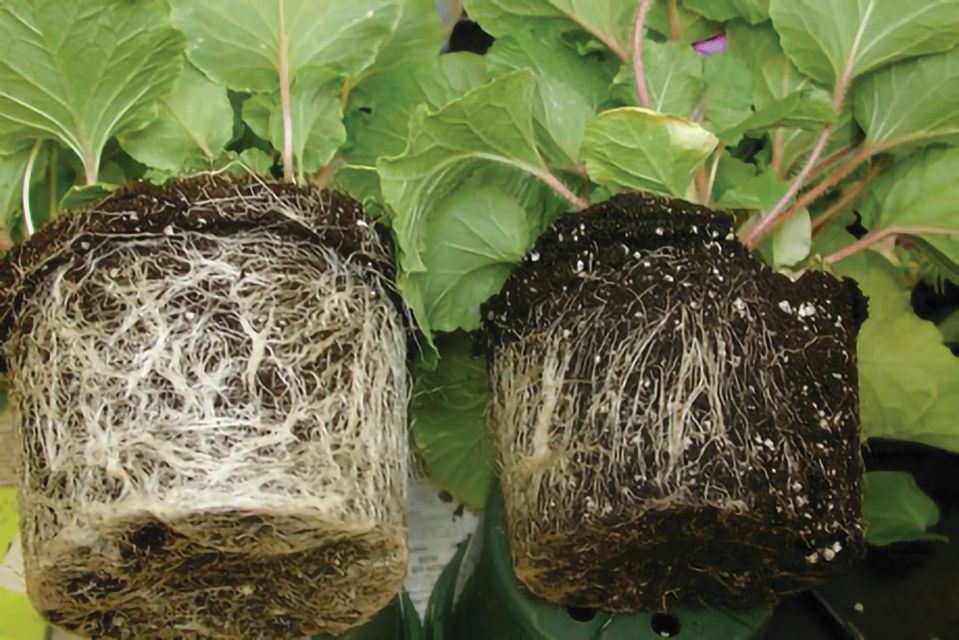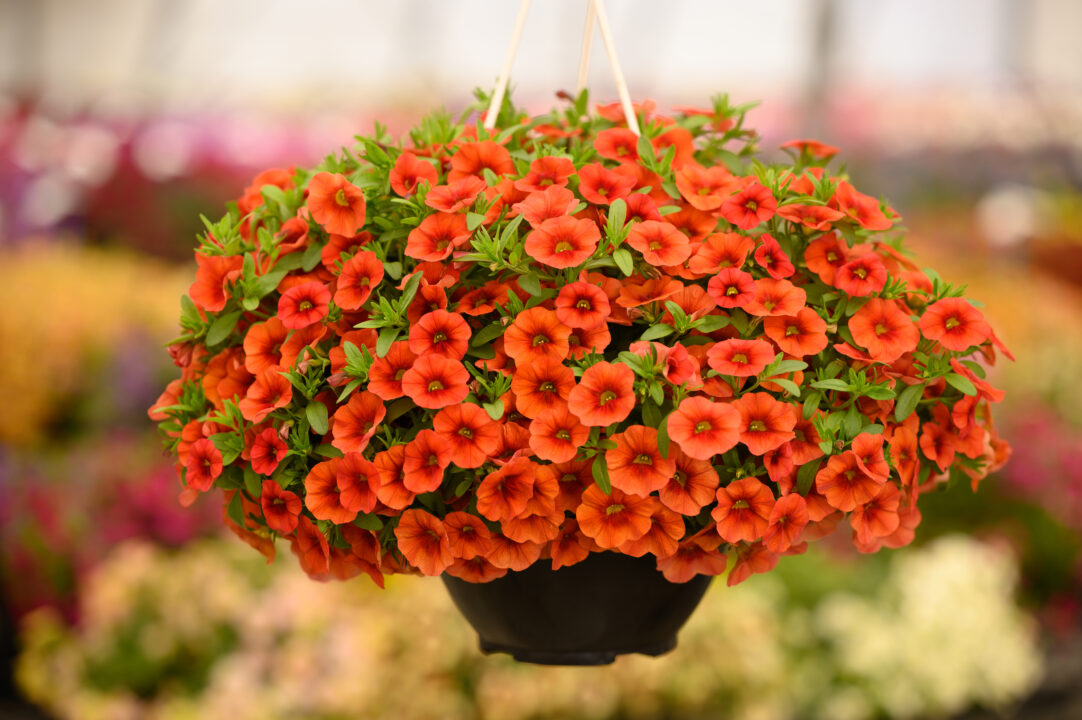Managing Pythium in Greenhouse Hydroponic Systems
 Root disease is always a concern within any hydroponic system. The problem with providing a specific program to manage root disease for all hydroponic growers, according to the University of Georgia’s Jean Williams-Woodward in a recent e-Gro Edible Alert, is that almost every grower and system is different.
Root disease is always a concern within any hydroponic system. The problem with providing a specific program to manage root disease for all hydroponic growers, according to the University of Georgia’s Jean Williams-Woodward in a recent e-Gro Edible Alert, is that almost every grower and system is different.
There is deep water raft production, nutrient film (NFT) in channels, and coir-based grow bag culture. There are also differences in range size and recirculating water interdependence. Some deep-water ponds range are independent on their own system, whereas others are connected, and water is circulated among multiple ponds over an entire greenhouse range.
“The bottom line is that I can give general recommendations in managing root diseases, but what is a viable option for some may not be practical for others,” Williams-Woodward says.
The primary root pathogens that Williams-Woodward has encountered are Pythium spp. and Berkeleyomyces basicola (formerly called Thielaviopsis basicola). Pythium is a water mold (an Oomycete) that thrives in wet conditions. It infects root tips, especially those damaged by low oxygen and/or high EC levels and progresses upward, killing the roots. Infected roots are soft and discolored a honey-brown color. What makes pythium of concern within hydroponic systems is that it produces a spore called a zoospore that can swim in water. Zoospores have two flagella that serve to propel and steer the spore along chemical gradients toward damaged root tips.
The one area that must be kept clean is the seeding area. The health of the seedlings directly affects the finished product. Poor quality seedlings will not give expected yield or finishing time. Never reuse rooting mixes or add floor sweepings back into the mix when filling trays. Surfaces and equipment should be disinfected between runs.
The key to keeping root disease low is to reduce inoculum build-up within the system. Discard infected plants as soon as any symptoms are seen. The longer infected plants remain within the system, the more pythium (or any other pathogen) will increase inoculum load and spread to more plants.
Keys points to remember in managing root pathogens:
- Prevent introduction of pathogens
- Disinfect surfaces, tools, equipment especially in raft filling and seeding areas
- Wash and disinfect rafts before re-use
- Discard infected plants as soon as seen
- Incorporate beneficial microbes
- Maintain optimal fertility, dissolved oxygen, pH, and EC levels in the nutrient solution
- Chill water to 68°F to 72°F, especially in the summer months
- Keep algae and insect pests to a minimum.
Learn more in the original e-Gro Edible Alert.









